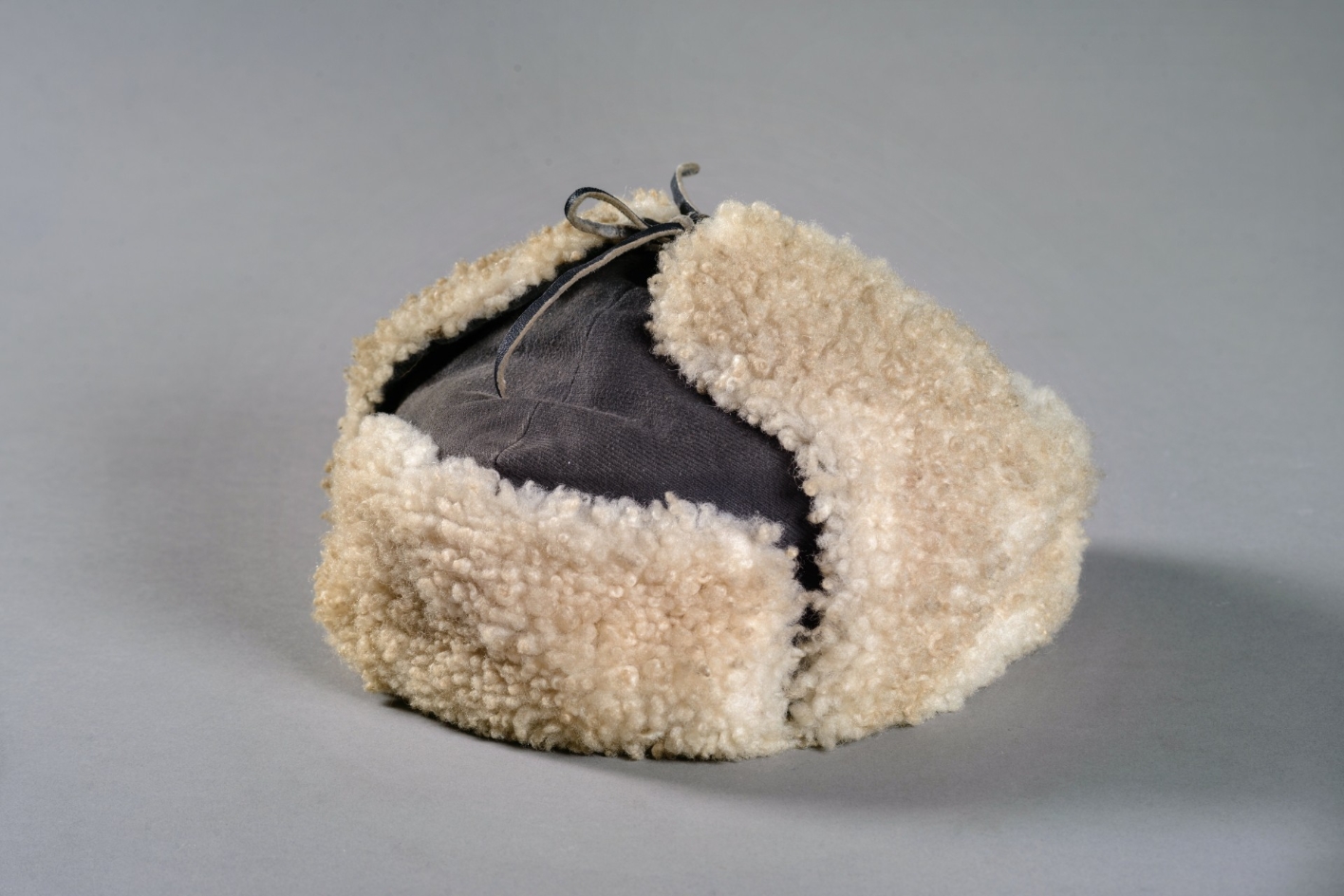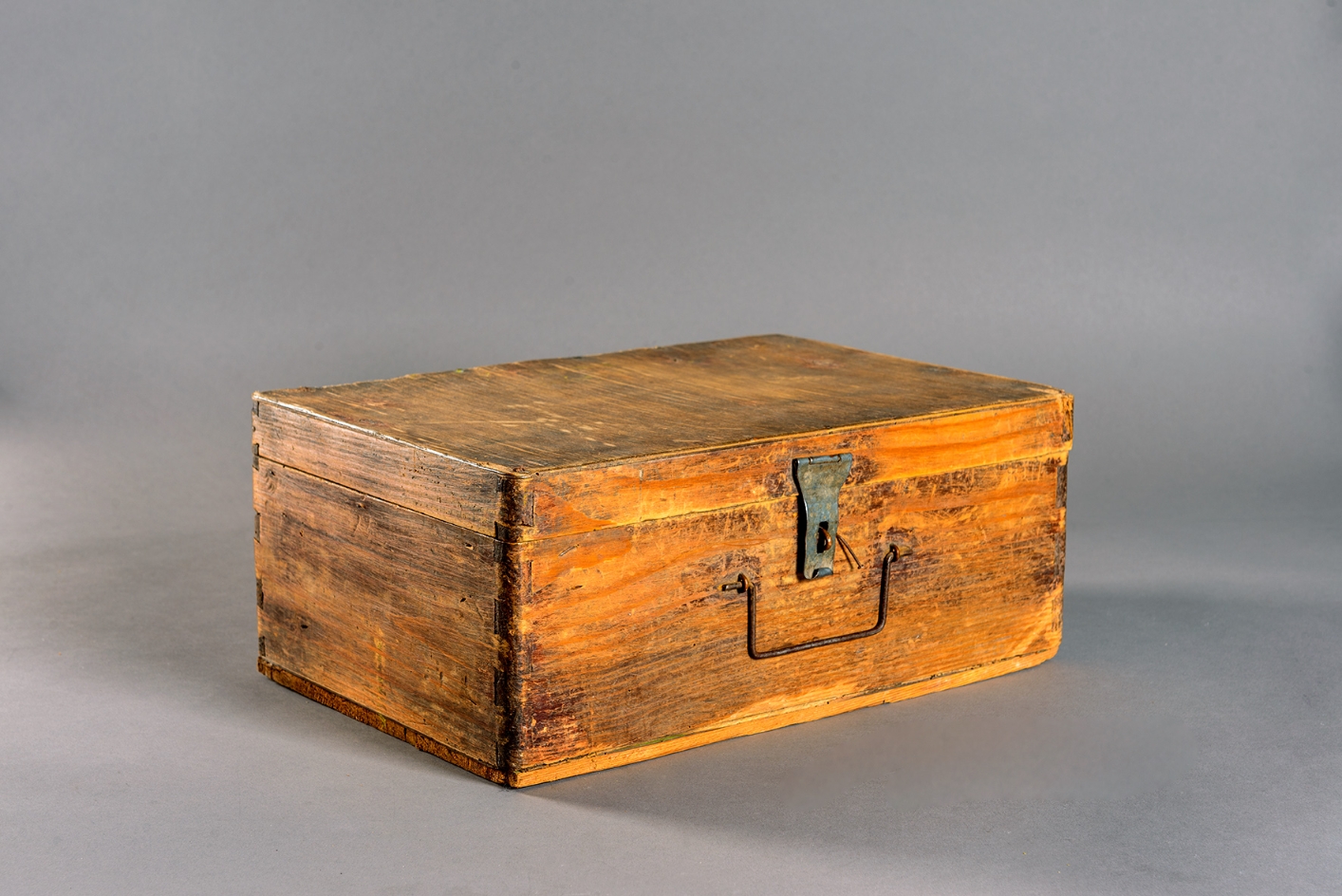
1/2
Fur hat, 2012. Photo: Claus Bach.
©Buchenwald Memorial

2/2
Wooden suitcase, 2012. Photo: Claus Bach.
©Buchenwald Memorial
In late 1946, a medical commission drew up lists of internees fit for work. On February 8, 1947, the camp administration sent 1,086 internees to the city of Karaganda in Kazakhstan, almost 5,000 kilometres far away. There they were held in prisoner-of-war camps.
Whereas in the special camps there was nothing to do and monotony predominated, in the prisoner-of-war camps work defined the daily routine of the inmates. Their health determined their assignment to work on construction sites, in mines, or within the camp. Extreme weather conditions made the arduous working conditions even more difficult. Beginning in 1948, the inmates received money for certain tasks and were able to improve their rations. Most inmates were released in 1949.

